
®
SHIPSPOTTING.COM
WELCOME TO SHIPSPOTTING.COM
CARCHESTER - IMO 6803595
Photo
details
Photographer:Paul Tunney [ View profile ]
Title:Carchester
Location:Liverpool, United Kingdom
Photo Category:Bulkers Built 1961-1970
Added:Jan 28, 2020
Views:1,875
Image Resolution:2,924 x 1,617
Description:
River Mersey 1980
Vessel
particulars
Current name:SHOBHA
Former name(s):
- Carchester (Until 1982)
Vessel Type:Bulk Carrier
Gross tonnage:9,852 tons
Summer DWT:14,860 tons
Photos:6 photos by 3 photographers
AIS Position
of this ship
There is no AIS Position Data available for this ship!
Would you like to add AIS Coverage?

Photo
Categories
This ship exists in the following categories:
Bulkers built 1961-1970 - 6 photos
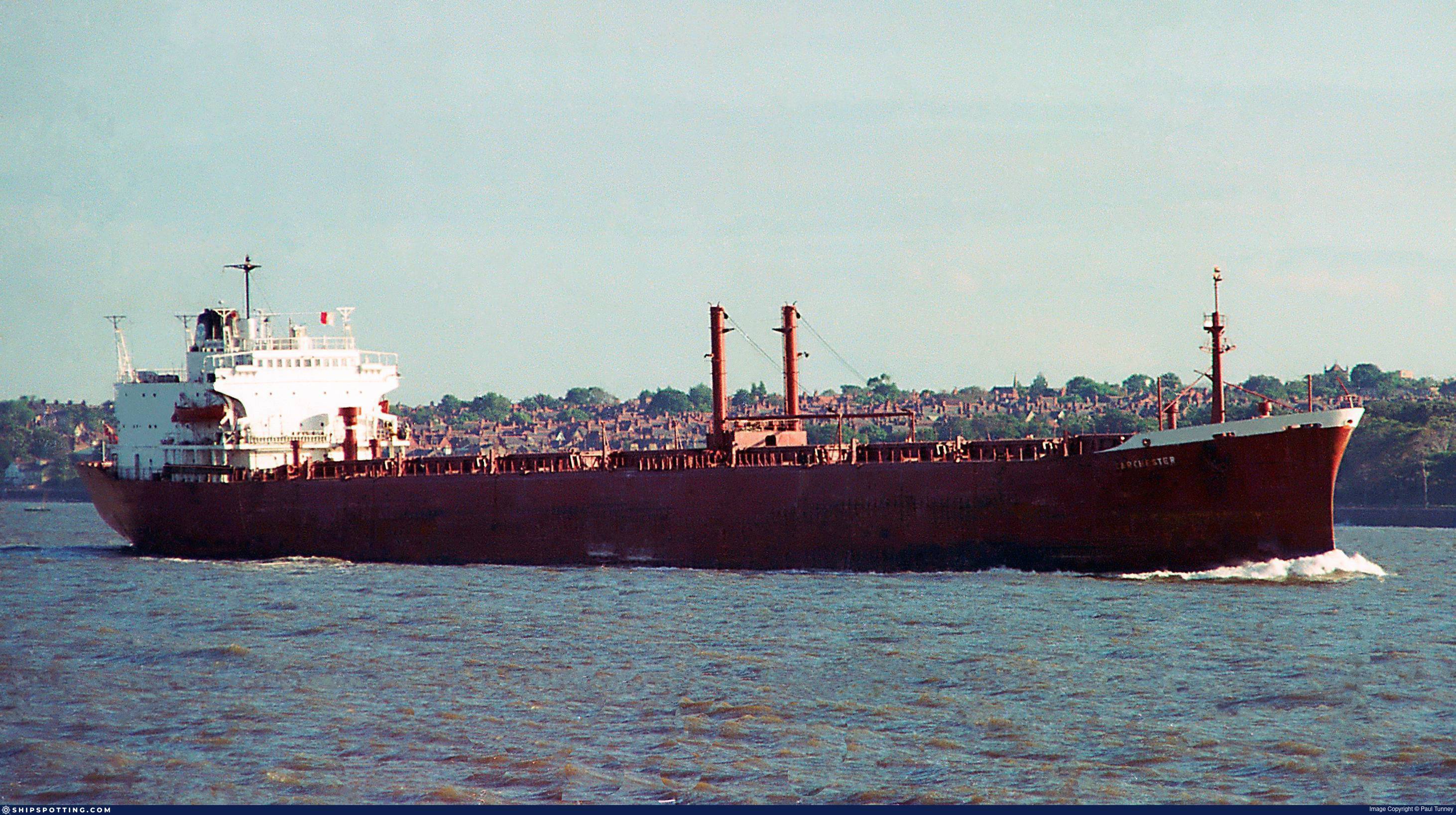

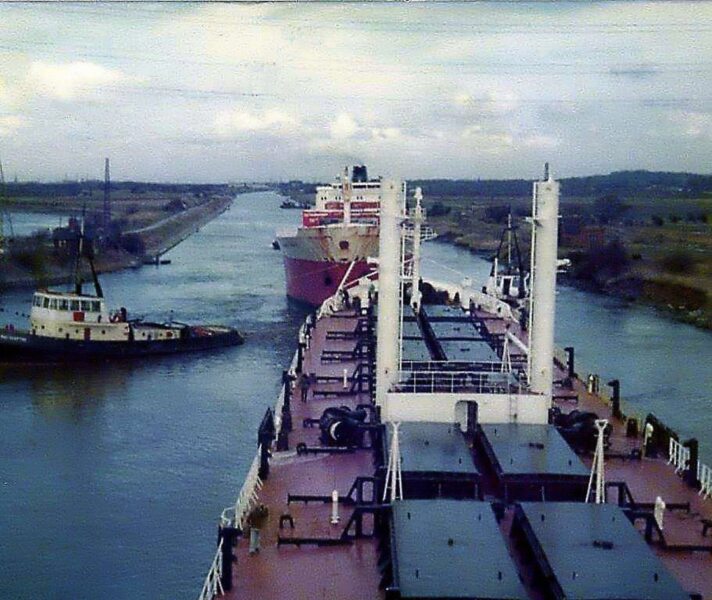
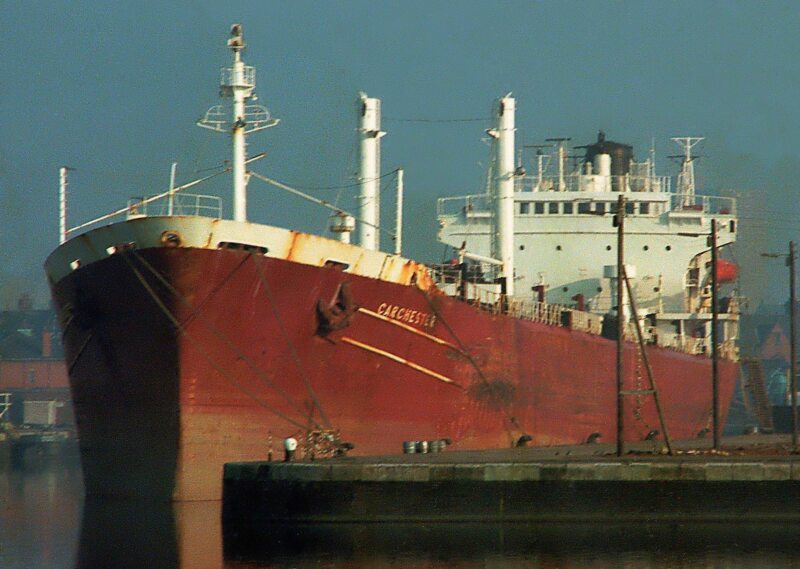
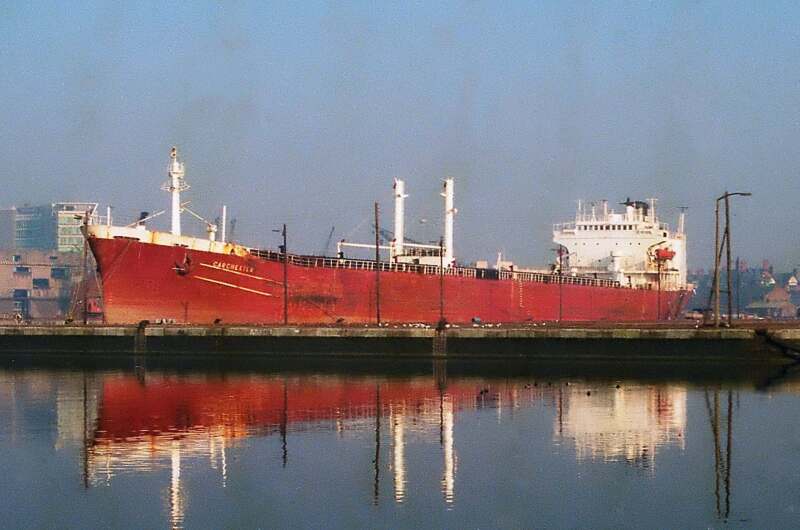
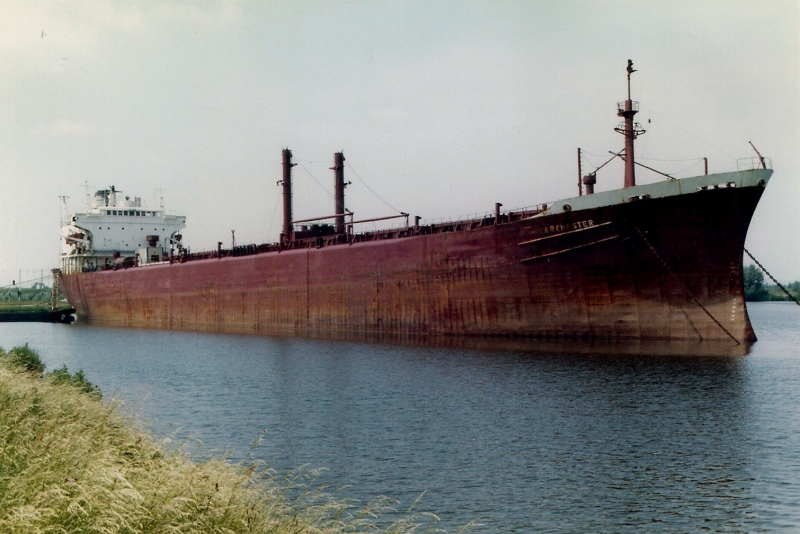
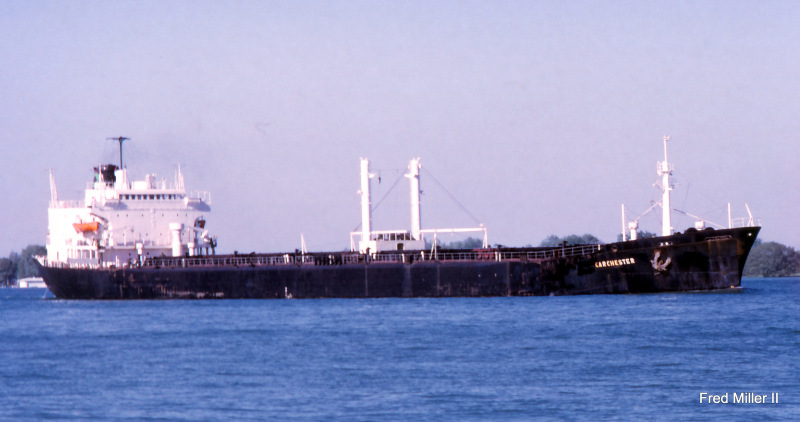


COMMENT THIS PHOTO(17)
http://www.ibdlearningzone.org.uk/article/show/pdf/905/
In 1967 it built a bulk carrier named The Carchester which plied its trade from Toledo, Baltimore or Albany to Manchester with two sister ships.Carrying 18,000 tonnes of grain she was the largest ship ever to use the canal and only just fitted in the locks. As canal traffic slowed in the1970s and the bottom was dredged less frequently, the payload dropped to 14,000 tonnes which proved uneconomic.
Edit
comment
of maize in South Africa which at the time was the
biggest single cargo to come to Manchester.
Edit
comment
Edit
comment
Unfortunately not Pieter, I was not in the technical dept., looks more like tanker/OBO derricks.
Cargill was deeply involved in OBO vessels in those days.
Edit
comment
Edit
comment
Indeed specifically designed for the Manchester Canal Trade from a "Freedom" type vessel.
The name of the ship is a combination of "Cargill" and "Manchester" of course.
She didn't trade long after her sale.
Edit
comment
Edit
comment
Edit
comment
Sold as SHOBHA Panama 21-Jun-82
DWT 14,625; IMO 680 3595 155.93 x 148.75 x 19.36 x 8.10 m G 19,594 4 Holds
PIELSTICK 10 PC2-V 400, 4,200 BHP x 450 RPM
Edit
comment
and
https://www.shipsnostalgia.com
On the pic's you can see that at some stage she had only 2 derricks and sometimes 4
Also strange arrangement of hatch covers
Edit
comment
David's post is quite interesting, but there is still no explanation regarding the function of the derricks.
Edit
comment
Edit
comment
but in this photo they are both on the port-side post
http://www.shipspotting.com/gallery/photo.php?lid=1829369
Edit
comment
Edit
comment
Edit
comment
Edit
comment
Edit
comment